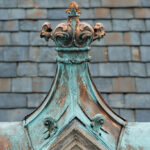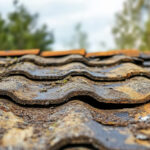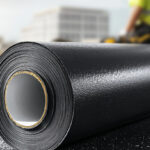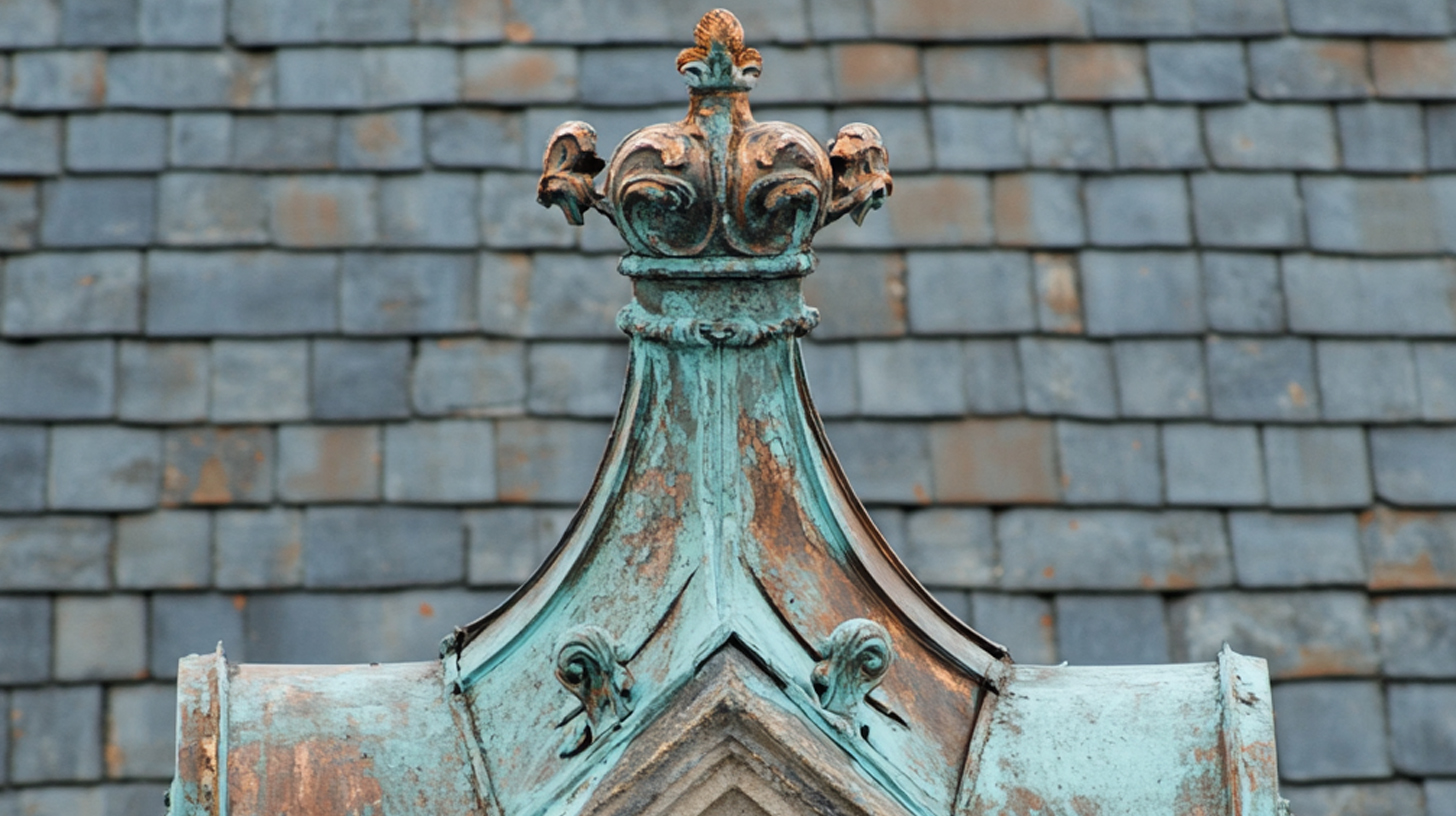Preserving historical roofs in Corpus Christi is not just about maintaining the physical structures; it’s about safeguarding a tangible connection to the city’s rich past. Historical preservation plays a crucial role in maintaining the roofing heritage that defines downtown Corpus Christi’s unique skyline. These roofs are more than mere architectural features; they represent an era of craftsmanship and design that holds significant architectural significance.
The cultural legacy embedded within these historical structures offers residents and visitors alike a glimpse into the city’s storied history. Each roof tells its own story, contributing to the overall narrative of Corpus Christi’s development over time. By prioritizing the preservation of these iconic structures, we ensure that future generations can appreciate and learn from this invaluable aspect of our shared heritage.
Moreover, maintaining these historical roofs supports local tourism by enhancing the aesthetic appeal and authenticity of downtown Corpus Christi. Visitors are drawn to areas where they can experience history firsthand, making it essential for community leaders and residents to advocate for ongoing preservation efforts. In doing so, we not only honor our past but also invest in a vibrant future where history continues to inspire and educate.
Common Challenges Faced in Preserving Historical Roofs
Preserving historical roofs is a task that requires a delicate balance of maintaining authenticity while ensuring the structure’s longevity. One of the primary roof restoration challenges is dealing with materials that are no longer in production. Many historical buildings feature roofing materials like slate, clay tiles, or wooden shingles, which may be difficult to source today. This scarcity necessitates careful planning and sometimes creative solutions to maintain the original look and feel.
Another significant challenge in maintaining old roofs is addressing structural issues that have developed over time. Historical buildings often suffer from weakened support systems due to age and previous repair attempts that may not have adhered to modern standards. Ensuring these structures can support both current needs and future preservation efforts requires expert assessment and intervention.
Weather impacts on historical roofs can also be severe, as these structures were built before modern weatherproofing techniques were available. Over time, exposure to harsh elements such as rain, wind, snow, and sun can lead to deterioration of roofing materials and underlying structures. Regular inspections and maintenance are crucial in mitigating these effects, but they must be done with care to avoid damaging the building’s historical integrity.
Overall, the upkeep of historical buildings demands a commitment to preserving their past while adapting them for future resilience. By understanding these common challenges, those involved in restoration projects can better plan for successful outcomes that honor both history and craftsmanship.
Best Practices for Restoring and Maintaining Historical Roofs
Restoring and maintaining historical roofs requires a careful blend of traditional craftsmanship and modern innovation. When approaching roof restoration techniques, it’s essential to understand the architectural significance and historical context of the building. This ensures that any work done respects the original design while enhancing its longevity.
One of the key preservation methods for old buildings is to conduct a thorough assessment before beginning any restoration work. This includes identifying areas of damage, understanding the materials originally used, and considering how these elements have weathered over time. Once this groundwork is laid, selecting appropriate materials that match or closely replicate the originals is crucial for maintaining historical integrity.
Sustainable roof maintenance practices play a vital role in preserving these structures for future generations. Utilizing eco-friendly materials not only helps in reducing environmental impact but also often provides superior durability against modern environmental challenges. Regular inspections and maintenance schedules can prevent minor issues from escalating into major problems, thereby extending the life of historical roofs without compromising their authenticity.
Incorporating these best practices ensures that historical roofs are not only preserved but continue to tell their stories for years to come, bridging past architectural brilliance with present-day sustainability efforts.
The Role of Local Regulations and Guidelines in Preservation Efforts
Local regulations and guidelines play a pivotal role in the preservation of our cultural and historical heritage. These rules are designed to maintain the architectural integrity and historical significance of sites that hold cultural value. Local preservation laws are often enacted to protect these landmarks from inappropriate alterations or developments that could compromise their historic character.
Building codes for historic sites are tailored specifically to address the unique challenges associated with maintaining older structures. Unlike standard building codes, which focus primarily on safety and functionality, those for historic sites also emphasize the importance of preserving original materials and design features. This ensures that any renovations or repairs do not detract from a site’s historical essence.
Government support for heritage conservation is crucial in providing both financial resources and regulatory frameworks needed to sustain preservation efforts. Through grants, tax incentives, and other forms of assistance, governments can encourage property owners to invest in maintaining their historic properties. In addition, government agencies often collaborate with local communities to develop comprehensive strategies that balance development needs with conservation priorities.
By enforcing local preservation laws and offering support through various programs, governments help safeguard our shared history while allowing these treasured sites to continue serving as educational resources and sources of community pride for future generations.
The Impact of Modern Technology on Historic Roof Preservation
Preserving historic roofs is a delicate task that requires balancing the integrity of original structures with the benefits of modern technology. Recent advancements have transformed how we approach these restorations, offering innovative solutions to age-old challenges.
One of the most significant technological contributions is the use of drones for roof inspection. These devices allow preservationists to conduct thorough assessments without physically accessing potentially fragile rooftops. Drones can capture high-resolution images and videos, providing detailed views that help identify areas needing repair while minimizing risk to both workers and the structure itself.
In addition to drones, advanced materials for restorations are playing a crucial role in historic roof preservation. These materials often mimic traditional ones in appearance but offer superior durability and weather resistance. This ensures that restored roofs maintain their historical aesthetic while benefiting from modern longevity and protection against environmental elements.
Digital documentation of historical architecture further enhances preservation efforts by creating precise records of existing conditions before any intervention occurs. This documentation serves as a valuable reference throughout restoration projects, ensuring accuracy and fidelity to original designs. Moreover, digital records can be stored indefinitely, allowing future generations access to detailed information about these architectural treasures.
By integrating these modern technologies into restoration practices, we can better preserve our architectural heritage while respecting its historical significance.
Community Involvement and Awareness: Keeping the Spirit Alive
Community involvement is a cornerstone of preserving the rich cultural and historical tapestry of Corpus Christi’s downtown. By fostering community support for preservation, residents can actively participate in safeguarding the unique character and heritage of their surroundings. One effective way to engage the community is through educational programs about local history. These programs not only enlighten participants about the area’s past but also instill a sense of pride and responsibility towards maintaining its legacy for future generations.
Moreover, volunteer projects play a vital role in revitalizing downtown Corpus Christi. From restoring historic buildings to organizing clean-up drives, these initiatives provide hands-on opportunities for individuals to contribute meaningfully to their community. Such projects often bring together people from diverse backgrounds, all united by a common goal: keeping the spirit of Corpus Christi alive.
By combining education with action, communities can ensure that their cherished locales continue to thrive. Through concerted efforts in preservation and awareness-building, residents can celebrate their shared history while paving the way for a vibrant future.
The Future of Historical Roof Preservation in Corpus Christi’s Downtown
As we look to the future of historical roof preservation in Corpus Christi’s downtown, it’s clear that a thoughtful balance between modern innovation and traditional techniques will be crucial. The unique architectural heritage of this area demands careful attention to detail and respect for original materials and designs. By employing advanced technologies such as drone surveys and 3D modeling, preservationists can better assess the condition of historic roofs without causing further damage.
Moreover, incorporating sustainable practices will ensure that these structures are not only preserved but also contribute positively to the environment. Utilizing eco-friendly materials that mimic the appearance of original components can help maintain historical accuracy while reducing environmental impact.
Community involvement is another vital aspect of successful preservation efforts. Engaging local residents and businesses in restoration projects fosters a sense of ownership and pride in preserving their shared history. Educational programs can further enhance public awareness about the importance of maintaining these architectural treasures for future generations.
In conclusion, the future of historical roof preservation in Corpus Christi’s downtown hinges on innovation, sustainability, and community collaboration. By embracing these principles, we can safeguard our rich architectural legacy while adapting to contemporary needs and challenges.






